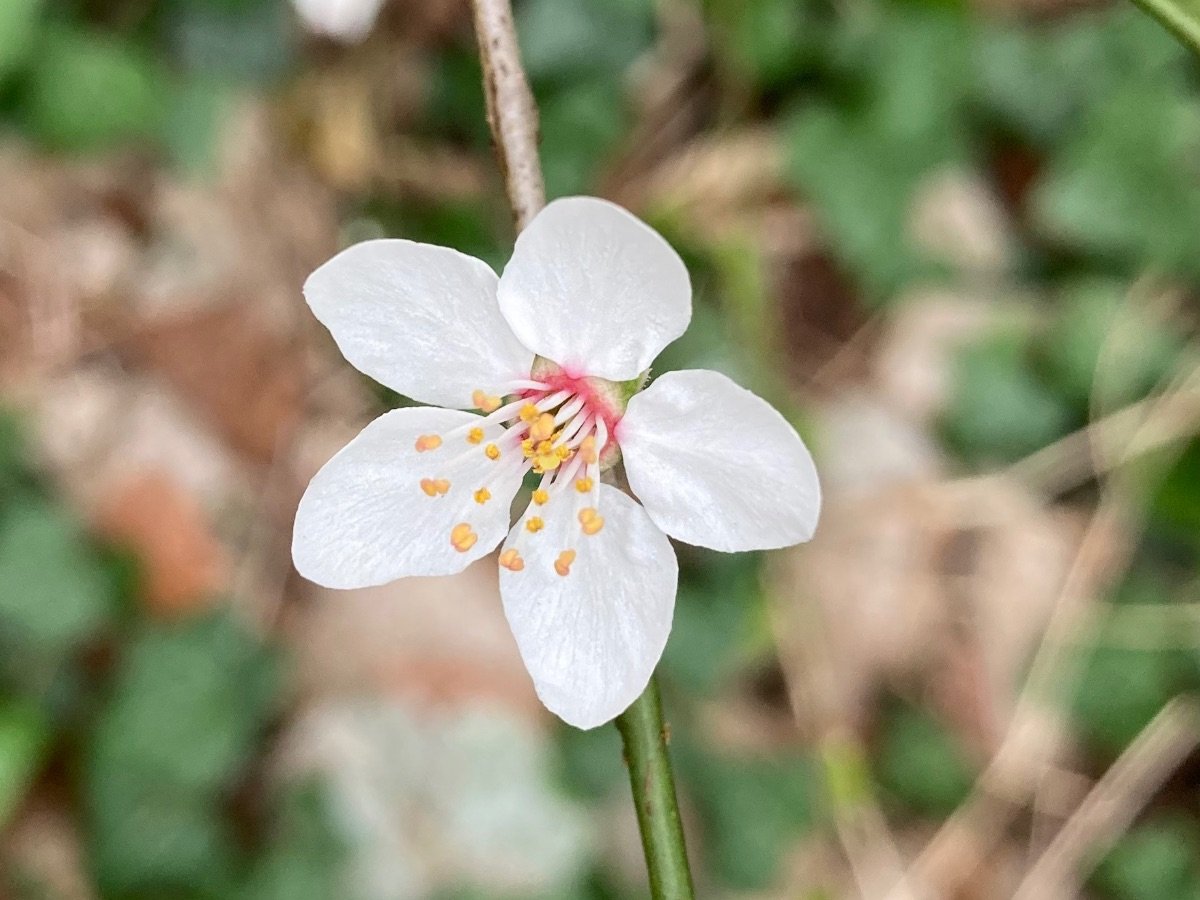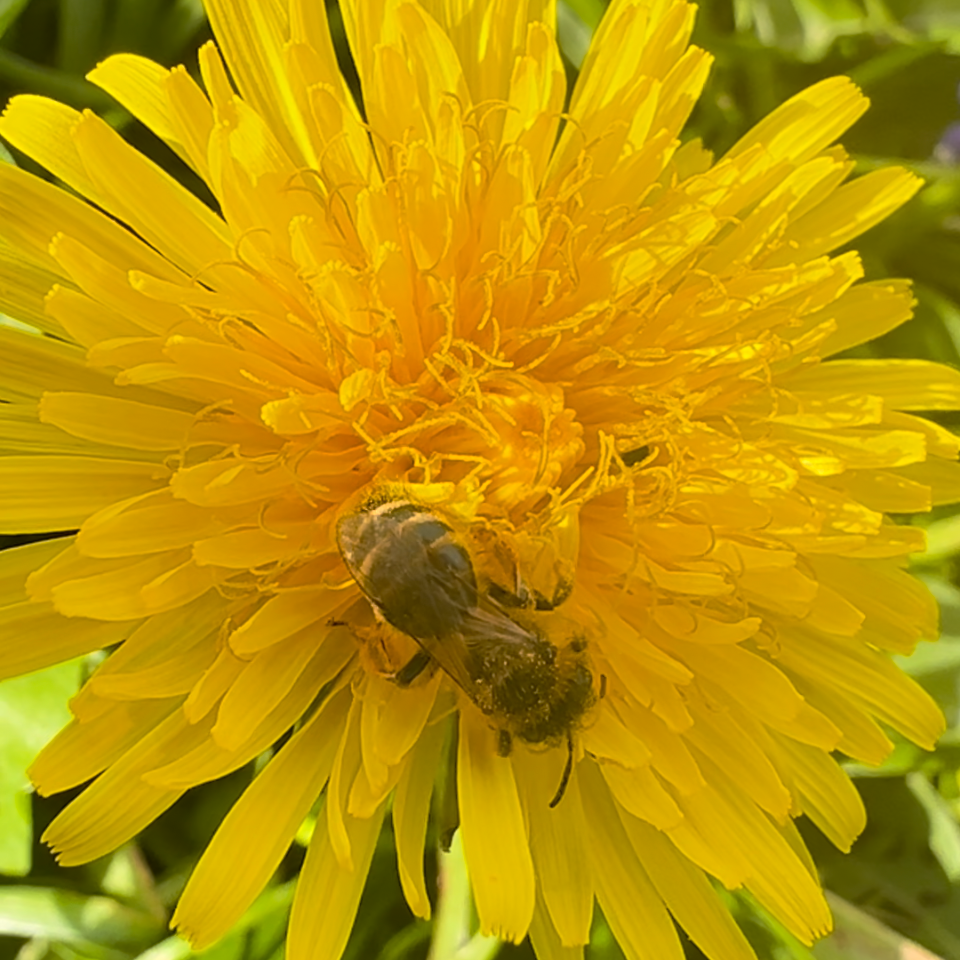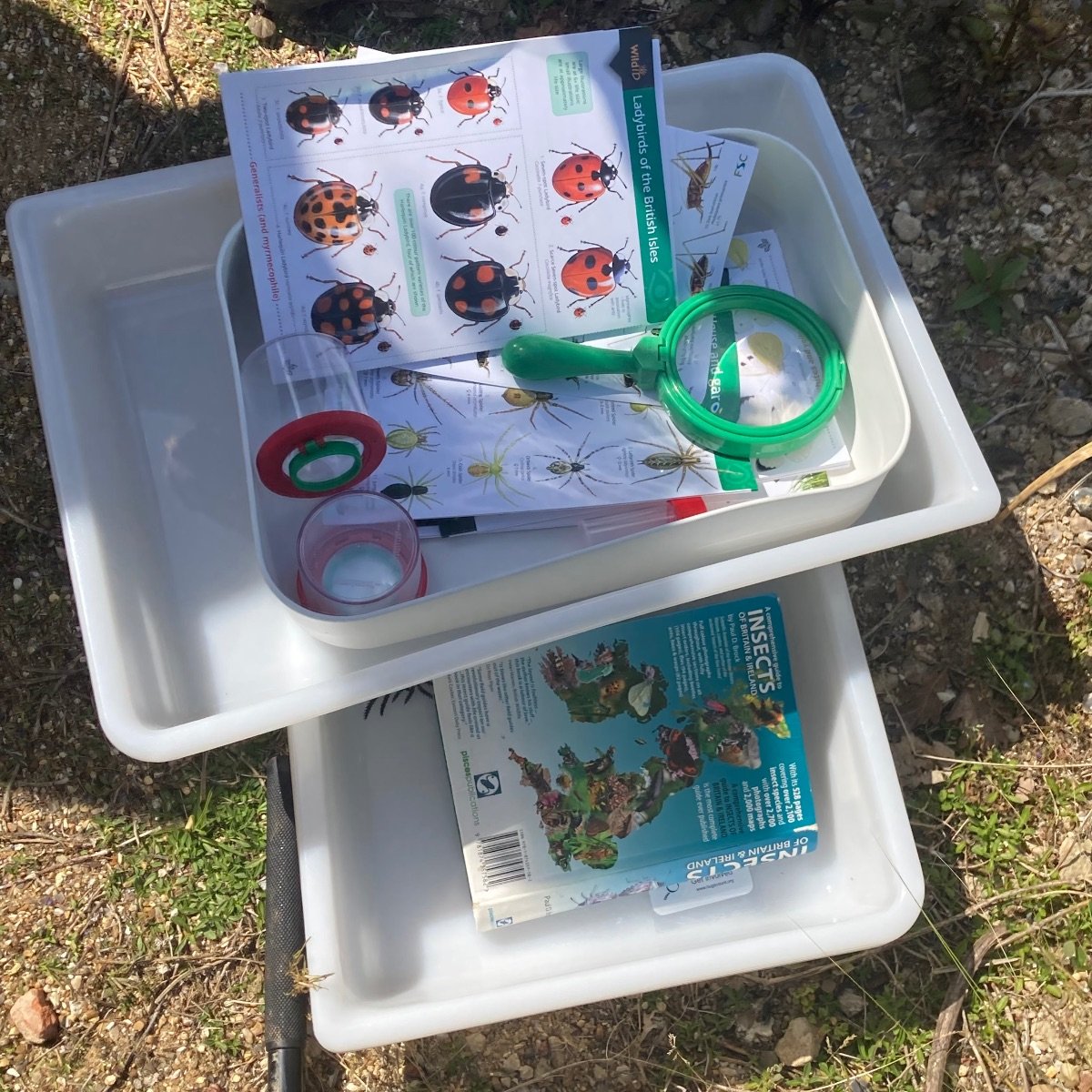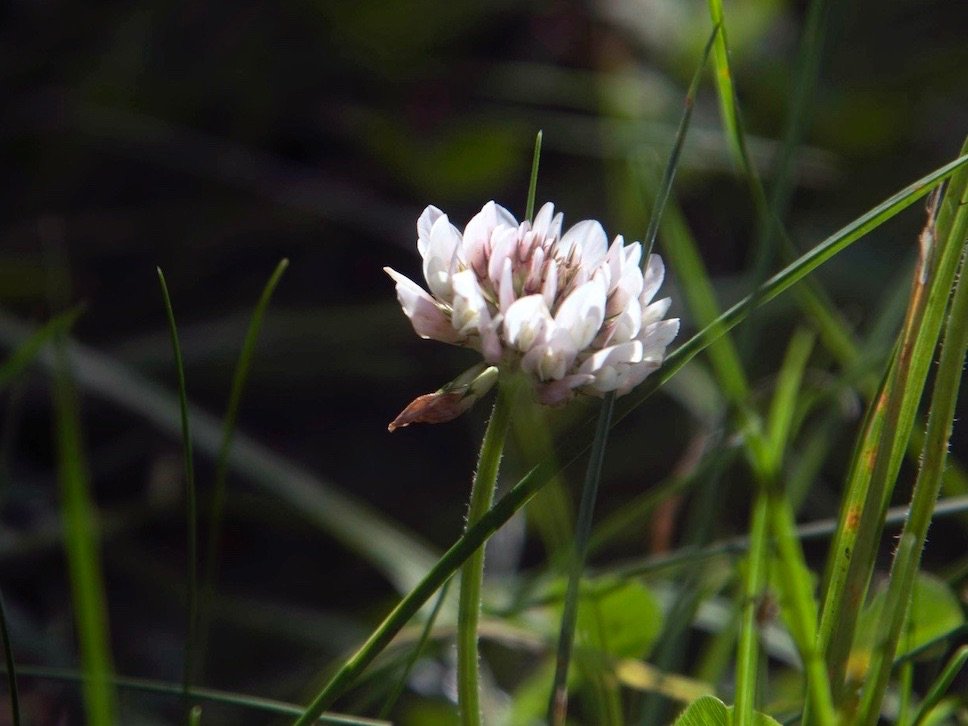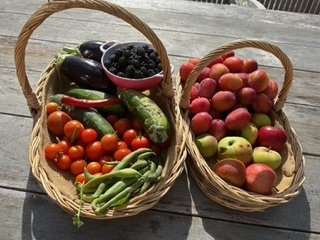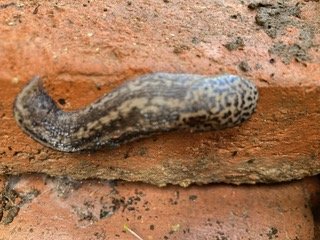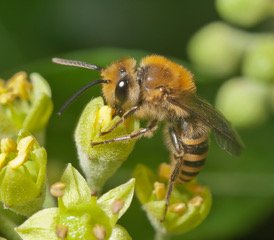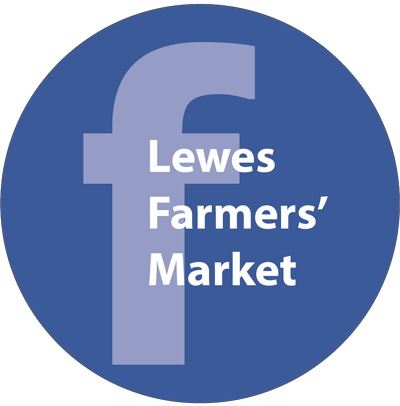Wildflower survey results at Haredean allotments, 10th May 2024
Plants identified which are not crops and without entering any plots.
Plant Survey at Haredean Allotments 10-May-24 16.30-18.00
98 species, significant find: the Ivy-leaved Speedwell is not often found on wildflower sites in Lewes.
Apple Aquilia Arum Ash Bay laurel Berberis Bindweed hedge Blackthorn Bluebells spanish Bramble Bristly ox-tongue Bryony Buddleia Burdock Buttercup creeping Buttercup meadow Campion red Campion white Celendine greater Celendine lesser Cinquefoil Clevers Clover red Clover white Comfrey 4 colours Common mouse-ears Nettle common Cornflower perenniel Cow parsley Cut-leaved cranesbill Daisy Dandelion Dock broad leaved Dock curly leaved Dog rose Dogwoord Elder Fennel Fern ? Field madder Forget-me-not field Forget-me-not Foxglove Garlic mustard Green alkanet Ground Ivy Hawthorn Hazel Bedstraw hedge Hedge cransbill also white Hellebore Hemp agrimony Herb bennet Herb robert Hogweed lesser Hollyhock Honesty Honeysuckle Hop Ivy Keel fruited Cornsalad Majoram Mint Mullien greater Nipplewort Ox-eye daisy Pear Periwinkle Phlomis Pine ? Plaintain broad leaved Plaintain ribwort Primrose Privet Ragwort Rosemary Sorrel wood Sowthistle smooth Sowthistle prickly Speedwell germander Speedwell Ivy-leaved Speedwell slender Speedwell creeping Spurge Stinking iris Sweetpea perennial Sycamore Teasel Thistle creeping Verbascum Vetch common Violets sweet Walnut White jasmine Wild parsnip Willow Willowherb square-leaved Willowherb narrow-leaved Yarrow
Made possible with support from the Heritage Lottery Fund and Lewes Town Council
Bat transect results at Landport allotments, Lewes
Bat Survey
Landport allotment and Landport Community Garden
8.00pm Tuesday 7 May 2024
Surveyor: Perry Hockin accompanied by Helen Sida
Following a fascinating introduction by Perry on bats and bat surveying a bat transect was made. Bat detectors were used to locate and identify bats by their sound frequency.
The following species were identified. Numbers are difficult to pin down.
Species identified
Soprano pipistrelle
Common pipistrelle
Brown long-eared bat
Noctule
Myotis ‘water bat’ (Daubenton’s bat?)
Bat boxes
Bat boxes have an 80-90% occupation rate in the first year of installation. This is much higher than bird boxes. Recommended bat box is a Schwegler 2F type or those similar to the 1FF. Made of woodcrete which lasts for many years. Ideally locate 4.5m high, facing north or east. Not on houses – trees and telegraph poles are good.
To take part in bird, bat, amphibian, insect, tree and wildflower surveys at your allotment in Lewes contact Helen Sida
Made possible with support from the Heritage Lottery Fund and Lewes Town Council
Bird survey results at Haredean Allotments
Local ecologist, Perry Hockin, of Arborweald, conducted a bird survey on the 10th April at the Haredean allotments in Lewes and identified 19 species of birds. These were:
To take part in bird, bat, amphibian, insect, tree and wildflower surveys at your allotment in Lewes contact Helen Sida
Made possible with support from the Heritage Lottery Fund and Lewes Town Council
Spring Newsletter 2024
We are running some wildlife surveys and monitoring events at allotment sites in Lewes. If you would like to take part email Common Cause for more information
May 2024
Bats Tuesday 7th 8.00pm Landport Allotments
Wildflowers & trees Friday 10th 4.30pm Haredean Allotments
Amphibians & Reptiles Friday 17th 1.30pm Paddock Road Allotments
Birds Saturday 18th 8.00am Highdown Allotments
Pollinators & wildflowers Monday 20th 11.00am Church Ln & Queens Rd Allotments
June 2024
Bats Tuesday 4th 8.45pm Haredean Allotments
Amphibians & Reptiles Friday 14th 1.30pm Landport Allotments
Nature Walk Friday 21st 4.30pm Highdown Allotments
Wildflowers and trees Sunday 23rd 11.00am Highdown Allotments
Flower visiting insects Monday 24th 1.00pm Paddock Road Allotments
Free and all welcome, as numbers at some events are limited please email Helen if you are planning to attend.
Results of allotment holders survey
Many thanks to all those you completed our survey. We received 90 replies from 14 allotment sites. The results of completed surveys can be viewed here.
In summary
· 97% of replies said growing fruit and veg was most important. Supporting and enjoying wildlife was next at 58%.
· Time (66%) and resources (17%) are the greatest constraints to doing more.
· Almost everyone is already doing something to support wildlife.
· Most respondents visit their plot more than once a week (66%), 19% visit weekly and 7% daily.
· The majority of respondents visit their plot for between 1 and 3 hours (78%) each visit.
· 83% visit their allotments on weekdays. Marginally more plot holders visit their plots on Sunday (45%) than Saturday (38%).· 90 replies from 14 allotment sites
· 97% of replies said growing fruit and veg was most important. Supporting and enjoying wildlife was next at 58%.
· Time (66%) and resources (17%) are the greatest constraints to doing more.
· Almost everyone is already doing something to support wildlife.
· Most respondents visit their plot more than once a week (66%), 19% visit weekly and 7% daily.
· The majority of respondents visit their plot for between 1 and 3 hours (78%) each visit.
· 83% visit their allotments on weekdays. Marginally more plot holders visit their plots on Sunday (45%) than Saturday (38%).
There is still time to take part in our allotment survey by clicking here or scan the QR code here.
Winter Newsletter 2024
Autumn Newsletter 2023
Click here for a link to our first Lewes Mosaic Allotment Newsletter
To kick start the project we are conducting a short survey to help us understand what your allotment means to you. Please take a couple of minutes to complete the survey by clicking here
Photos: Helen Sida
The Lewes Mosaic Allotment Project is about maximising productivity on your plot as well as making space for wildlife.



